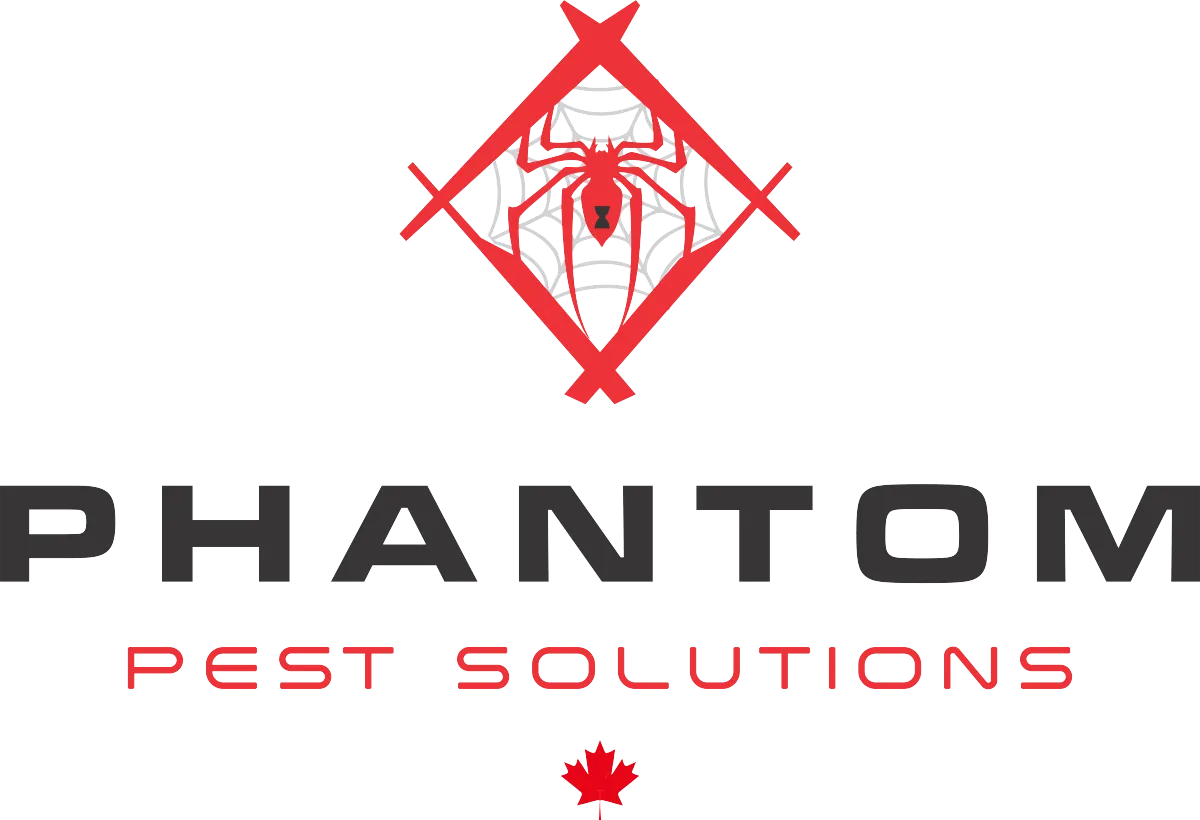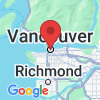
The Phantom Pest Journal

Show Love to Your Home by Stopping Pests Early This Year
Why Pre-Spring Pest Audits Are Essential
Pests are not just a warm-weather problem. In Vancouver, where the climate is relatively mild year-round, many pests find ways to survive and even thrive during the cooler months.
A pre-spring pest audit is critical because it allows you to identify these hidden risks before they become major infestations. Pests that have settled into your home during winter may not be immediately visible, but their presence can have long-term consequences. For instance:
Rodents: Mice and rats often nest in attics, basements, and wall voids. They chew through insulation, wiring, and stored belongings, potentially causing structural damage and fire hazards.
Cockroaches: These resilient pests hide in kitchens, bathrooms, and other moist areas. Beyond being unsightly, they can spread bacteria and allergens.
Bed Bugs: Winter travel and holiday gatherings can introduce bed bugs into your home, where they multiply quickly if left unchecked.
Ants and Termites: These pests may remain dormant in wall cavities or other hidden spaces during winter, only to become active as temperatures rise.
Spotting Potential Pest Harborage Areas
A thorough pre-spring pest audit focuses on identifying and addressing common pest hotspots where pests are likely to hide or breed. By inspecting these areas, homeowners can take proactive steps to minimize the risk of infestations. Here’s a detailed guide to the key areas you should check and the signs to look for:
1. Attics and Basements
Why Check: These secluded spaces provide shelter for pests like rodents, spiders, and even bats, as they are often undisturbed and offer warmth and protection.
What to Look For:
Droppings or urine stains, which indicate the presence of rodents.
Spider webs, egg sacs, or insect carcasses.
Chewed wires, insulation, or cardboard boxes.
Actionable Steps:
Clear out clutter to reduce hiding spots.
Check for gaps around vents or attic access points and seal them with caulking or steel wool.
2. Kitchens and Pantries
Why Check: Pests like ants, cockroaches, and rodents are drawn to food and moisture, making these areas prime targets.
What to Look For:
Crumbs, spilled food, or grease buildup.
Chewed food packaging or gnaw marks.
Droppings, particularly near shelves, under appliances, or in drawers.
Actionable Steps:
Deep clean shelves, countertops, and under appliances.
Store dry goods in airtight containers.
Fix leaky faucets or pipes to eliminate moisture sources.
3. Windows and Doors
Why Check: Gaps and cracks around frames serve as easy entry points for insects like ants and flies, as well as small rodents.
What to Look For:
Cracks or gaps around window and door frames.
Torn or damaged window screens.
Trails of ants or signs of insects clustering near openings.
Actionable Steps:
Seal cracks and gaps with weather stripping or silicone caulking.
Repair or replace damaged screens.
Install door sweeps to block entry points under doors.
4. Furniture and Bedding
Why Check: Bed bugs and other pests often hide in mattresses, box springs, and upholstered furniture, especially in areas with high foot traffic or after hosting guests.
What to Look For:
Tiny bloodstains on sheets or pillowcases.
Black or rust-colored spots (excrement) on bedding or furniture.
Shed skins or eggs in mattress seams or furniture crevices.
Actionable Steps:
Vacuum mattresses, box springs, and upholstery regularly.
Wash bedding in hot water and dry on high heat.
Inspect second-hand furniture before bringing it into your home.
5. Outdoor Areas
Why Check: Pests like carpenter ants, termites, and mosquitoes often breed or shelter in outdoor areas before migrating indoors.
What to Look For:
Woodpiles, mulch, or debris close to the house, which attract ants and termites.
Standing water in gutters, planters, or birdbaths, which can become mosquito breeding grounds.
Cracks or gaps in exterior walls, foundation, or siding.
Actionable Steps:
Store firewood at least 20 feet away from the house and off the ground.
Clean gutters and downspouts to prevent water accumulation.
Repair cracks or gaps in the exterior with appropriate sealants.
Tips to Protect Your Vancouver Home This Spring
While advanced pest control solutions are crucial, there are several steps homeowners can take to minimize pest activity independently. These preventative measures not only reduce the likelihood of infestations but also contribute to a healthier and more comfortable living environment.
1. Seal Entry Points
Use caulk or weather stripping to close gaps around:
Doors and windows.
Vents, pipes, and utility lines.
Foundation cracks and exterior walls.
Why It Matters: Blocking access points denies pests like ants, spiders, and rodents easy entry into your home.
2. Declutter Key Areas
Remove:
Cardboard boxes that can harbor pests.
Unused items stored in basements, attics, and garages.
Piles of paper, fabric, or other nesting materials.
Why It Matters: Clutter provides pests with safe spaces to hide and breed.
3. Maintain a Dry Environment
Fix leaky pipes and faucets to eliminate moisture sources.
Use dehumidifiers in damp areas like basements and crawl spaces.
Ensure proper drainage by cleaning gutters and directing water away from the foundation.
Why It Matters: Pests like silverfish, mosquitoes, and termites thrive in humid environments.
4. Regular Cleaning
Vacuum carpets and rugs frequently, especially in corners and under furniture.
Clean under kitchen appliances where crumbs and grease accumulate.
Wipe down countertops and surfaces to remove food residue.
Why It Matters: A clean home is less attractive to pests such as cockroaches, ants, and flies.
Advanced Pest Control Solutions by Phantom
Phantom Pest Control offers eco-friendly and effective solutions tailored to Vancouver’s unique pest challenges. Here’s how we can help:
K9 Bed Bug Inspections: Using highly trained detection dogs, we can quickly and accurately locate bed bugs, saving you from costly infestations.
Eco-Friendly Treatments: Our pest control methods prioritize safety for your family, pets, and the environment.
Customized Prevention Plans: After your audit, we’ll create a year-round pest management plan to keep your home protected against seasonal invaders.
Don’t wait for pests to disrupt your spring. Take control now by scheduling a pre-spring pest audit with Phantom Pest Control. Our expert team will inspect your Vancouver home, identify potential risks, and implement solutions to ensure a pest-free season.
Visit our website to book your inspection. Let’s work together to keep your home pest-free this year and beyond!

Schedule a Pest Inspection
Ready to schedule a pest inspection? Contact us today.

